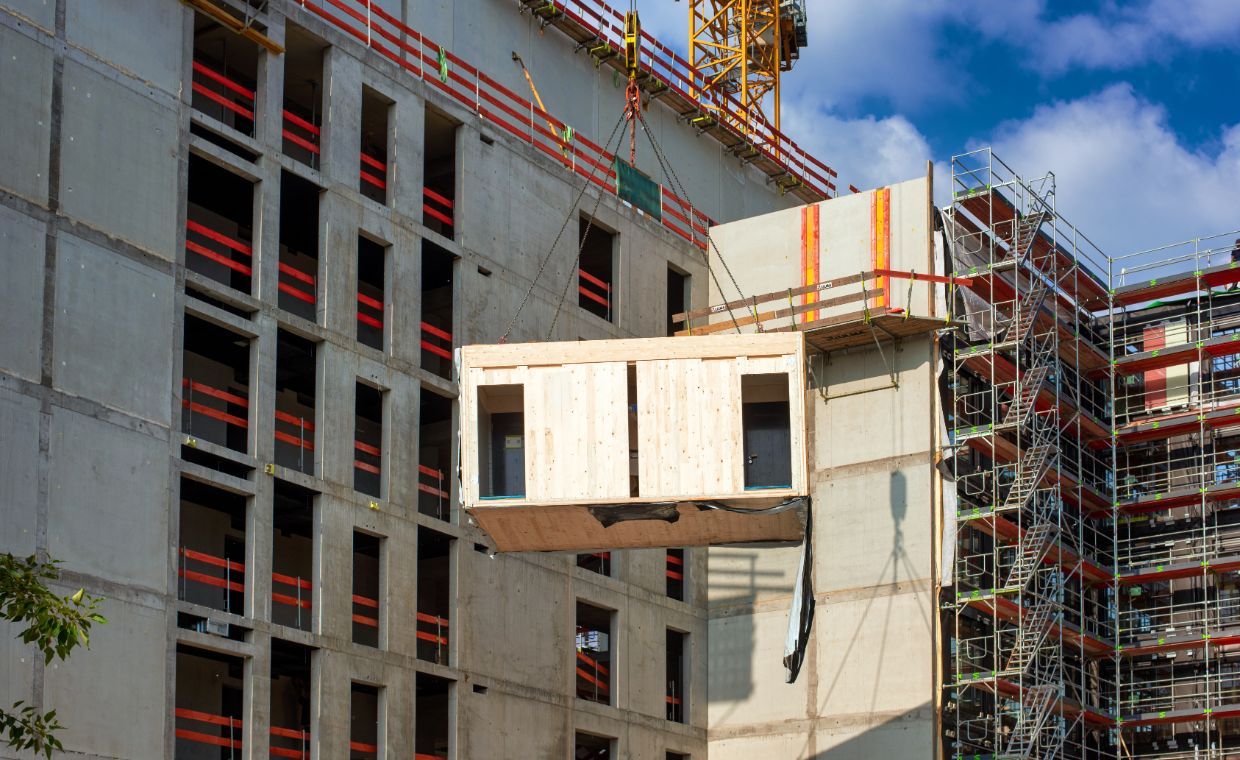
Why Movement Joints or Expansion Joints in Tiles?
Ceramic tiles, porcelain tiles, stone tiles, glass tiles, concrete tiles, etc. installations need an expansion joint to compensate for a natural movement that occurs within tile assemblies as all assemblies move. That’s why they are also called as movement joints.
The tile or stone assembly therefore needs movement joints or expansion joints. One therefore needs to know following aspects of expansion joints in tiles:
- Placement of Expansion Joint
- Size or Width of Expansion Joint
- Type of Sealant for Expansion Joint
Each day, the tile will expand when it comes in contact with any kind of moisture, water or even humidity or when it is subjected to heat. The tile and stone assembly move, on account of thermal and/or moisture changes, shrinkage, freezing or dynamic structural movement. Similarly, it will contract on cooling. At such times, movement joints are required. The larger the tile field, the more it will expand and contract, and there are more chances of tile failure. Therefore it is important to design them with movement or expansion joint. Movement joints are provided in construction to control and allow movement. They are filled with flexible sealant.
If you don’t install movement joints within your tile work, then expansion and contraction cause stress in tile assemblies. It results in a number of different problems. If the tile is not well bonded to its substrate then the absence of movement joints may cause the tiles to the tent (lift up within areas of the floor, without the grout coming loose) or tiles may get cracked. Well bonded tile floors will tend to crack to relieve the stress rather than lose their hold.
Hence, expansion joints in tiles are needed to eliminate stresses that can occur between the substrate and the tile, due to the variation of expansion and contraction.
The areas that get warm or wet may experience greater amount of differential expansion. If the areas exposed to sunlight are warmer than surrounding areas, movement joint or expansion joint should be used more frequently. Only the area subjected to increased temperature needs to have movement joints more closely placed, not the entire floor if elsewhere the floor has an even temperature.
Where should be Movement Joint or Expansion Joint Placed?
In small rooms, a gap at the perimeter of the room (often hidden by skirting or baseboard or shoe molding) is sufficient. For larger areas, the movement joints will be visible. For Interior installations, when moisture or direct sunlight is expected, the movement joints are placed more frequently. For exterior installations, the range of temperature from summer highs to winter lows must be considered. Movement joints must be installed in certain areas and positions to prevent tiles or grout from cracking.
Where tile work is exposed to direct sunlight or moisture, or for above-ground concrete slabs, the University of Ceramic Tile and Stone (UOFCTS) recommended that the expansion joints in tiles shall be installed at every 8’ to 12’ (2.5 to 3.65m) for exterior areas. For interior areas, the standard is every 20’ to 25’ (6 to 7.5m). Also, all tile perimeter and transition areas should have movement joints beneath skirting. It includes all floor and wall applications. It means that inside and outside wall corners in shower areas should have movement joints or expansion joints. Only when the area is subjected to increased temperature, one needs to have movement joints more closely placed and not the entire floor if elsewhere the floor is an even temperature.
Movement or Expansion Joint Material:
The movement joints are made of the variety of materials like brass, aluminium, stainless steel, PVC, etc. The pre-formed movement joints have different widths. To take thermal movement into consideration, the width of the movement must be specified. Expansion joints in tiles are filled with materials that can sustain contraction and expansion. Expansion joint material for floor applications i.e. urethane, neoprene, or polysulfide are often used in traffic areas and silicone where sometimes, traffic is not a concern. Most of the traffic areas require a sealant with a shore hardness of 35 or greater. The industry standards require that the sealant that is used to caulk movement joints must meet American Society for Testing and Materials (ASTM) C920. These sealants are silicones, urethanes and polysulfide. Although they are easy to install, this does not include siliconized sealants, acrylic sealants or latex sealants because they do not perform well.
Width or Size of Movement Joint or Expansion Joint
The Tile Council of North America (TCNA) has recommended spacing and size of movement joints. For exterior application, the width of movement joints may be 9.5mm when the field movement joints are 2.4m on center, i.e., c/c but it is 12.7mm wide when the movement joints are 3.7m on center, i.e., c/c. For the interior application, it should not be less than 6mm. Minimum width of movement joints must be increased by 1.6mm for each 10°C (16° F) tile surface temperature change greater than 37.8°C (100° F) between the high of summer and low in winter. The movement joints width within tile or stone assembly should never be narrower than substrate joint on which it is laid.
If you do not install expansion joints in tiles work, you become liable for any resulting problems even if the problem doesn’t directly relate to the lack of movement joints. It is the architect’s or engineer’s responsibility to specify the type and locations of expansion joints in tiles including sealants.
Also Read:
Buckled or Popped-up Tiles: Precautions & Repairs!
Separation Cracks between Masonry Walls and Door Frame Joints

































